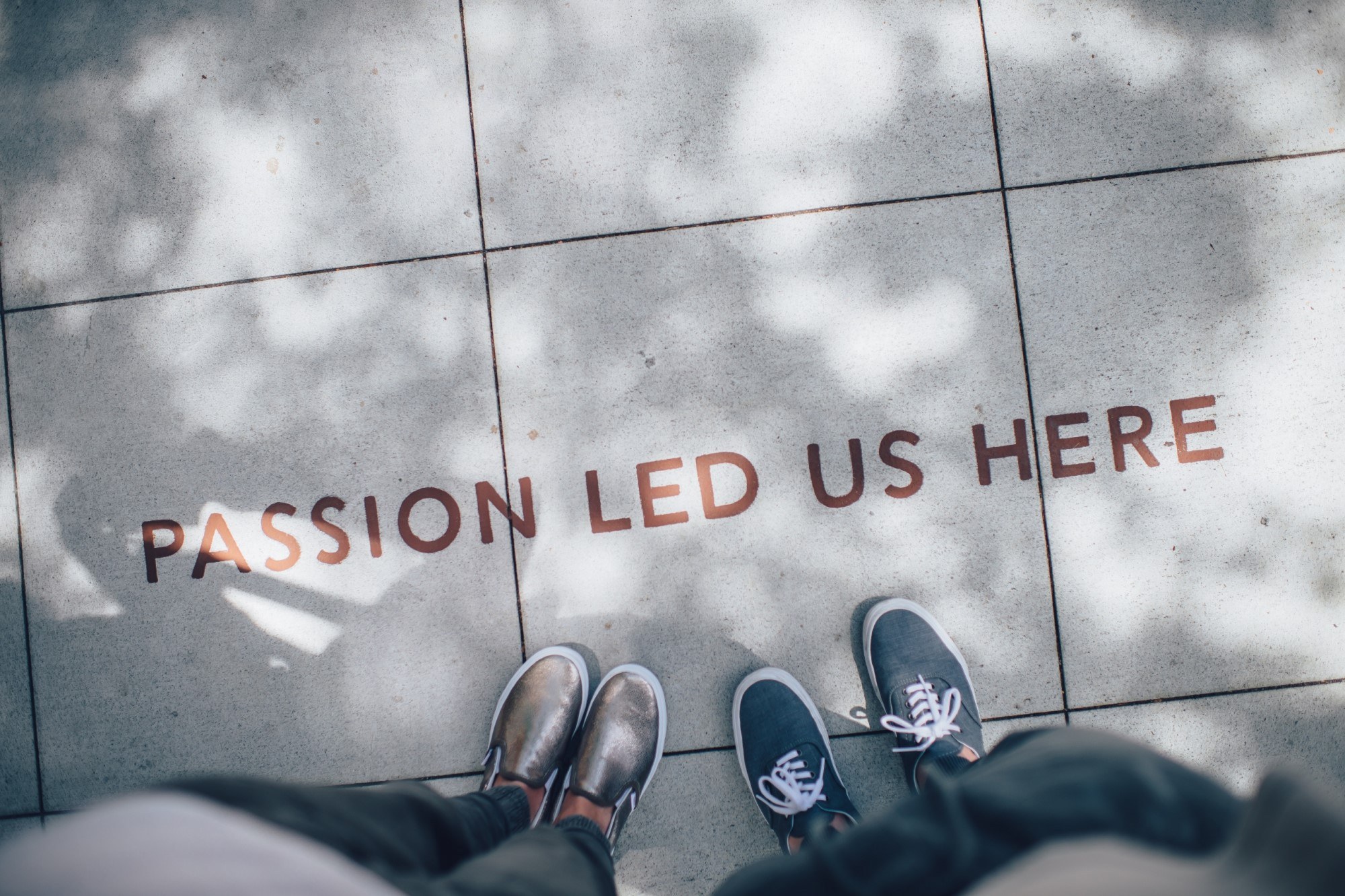Design vs Function: What has more of an impact on UX?

Design or function? Brains or beauty? This is what we’re asking today. How can website designers find the balance between making a high-performance website that is optimised to its full potential, while also ensuring that it is aesthetically pleasing and enjoyable to explore?
There are a wide range of features to consider, as well as their individual impacts on both design and functionality. They span from the stylistic choices to the accessibility and even all the way to the emotional connections that users develop with the site.
Essential features for combining design and functionality
Clearly designed menus can greatly benefit both design and functionality. An appealing menu will fit the theme of the website and be easily understandable, therefore making it both easy and enjoyable to navigate. The same is true for the visual hierarchy of the site – if it is done well then it is aesthetically pleasing and encourages users to follow a preferred path to the information that you want them to see.
Creating a cohesive and credible website is very important as well. This is achieved by designing the site to be consistent in tone and structure and leads to a strengthened brand identity. It also improves the image of the brand as professional, so it improves trust. Design can help to create an emotional connection with users, which has a positive impact on function as it increases the memorability of the site. It is also very important to make sure that your site is accessible to all users, which can be ensured by confirming that it adheres to the Web Content Accessibility Guidelines.
Can good design make up for poor functionality?
When trying to make a website perform well, there is a temptation to strip the images and videos out to improve loading times. However, a lack of images on a website can lead to it feeling bland and uninviting, which could lead to decreased user engagement. It can also negatively impact the user experience of the site, as a result of the monotony of the content, leading to lower conversion rates. It is vital that when you are putting together a perfectly optimised, super-fast website, you don’t forget about the importance of implementing design fundamentals and lose your uniqueness.
This doesn’t mean that you need to go crazy with pictures and videos. Yes, they can help to break up text and be a great way to showcase products or services in a straightforward way but taking it too far can lead to a slow website that drives users away before they even get a chance to appreciate it. Google research shows that if your page were to load in 3 seconds, compared to 1 second, it can increase your bounce rate by 32%.
So, can good design make up for poor function? In a word, no. Of course, there are some cases where users can get over issues surrounding poor function if the design makes up for it, but these are rare. Additionally, users can be angered when aesthetics get in the way of function – either by reducing performance or complicating usability. In particular, overcomplicating design can lead to a lack of conversions, as users might get distracted or lost.
How can you execute both design and functionality at the same time?
With video content on websites becoming increasingly popular, it is important to ensure that loading these videos isn’t impacting your site performance. Having video content and keeping your site speedy can be achieved by offloading your media or embedding your videos onto your site but hosting them elsewhere using services such as Vimeo or YouTube. This way, you get the benefit of having video content on your site, but the heavy lifting is done away from your website.
Additionally, you can optimise your images and media to reduce their size. One example of this is using WebP lossless images rather than PNGs as this can reduce the image size by 26%. You can also make sure to use fewer heavy elements like animations and use custom fonts sparingly, so as to not slow your website down unnecessarily.
As well as optimising your images, you can focus on optimising your performance. An effective way to do this is by ‘lazy loading’, a technique in which you wait until they are needed to load certain parts of your webpage, such as images. This means that rather than loading all of your content at once, it only loads it when it must, so the initial loading speed is reduced. These improvements on loading times have an important positive impact on user experience.
Another way of increasing loading speeds, and therefore improving user experience, is through HTTP caching. Caching allows you to provide a memory shortcut to your website. When a user opens your site for the first time, a copy of it is stored on the user’s browser. This means that when they revisit your website, it doesn’t have to fetch it from your server, just from their browser, which is quicker. If you update your website, you will clear the cache, but once a user has visited your site again, they will have the new version stored. You can also utilise a content delivery network (CDN), such as Cloudflare. Cloudflare can make use of nearby servers to reduce the delivery times of your site’s content. This also helps to lessen the workload undertaken by your server so that it doesn’t get overwhelmed.
One key way that you can measure your performance, to ensure that it is well-balanced with your design, is to use tools like GTmetrix to test the performance of the page. This will allow you to see how your site scores using Google Lighthouse and PageSpeed Insights to provide information on performance, structure, and for Core Web Vitals such as cumulative layout shift and largest contentful paint.
We have information available regarding our website design and development services, and we have examples of our work, like this case study explaining how we designed Blue Sky Printing’s website with both design and function in mind. If you have any further questions about balancing design and functionality on your website, then feel free to contact us.
By Stanley, Marketing Assistant



